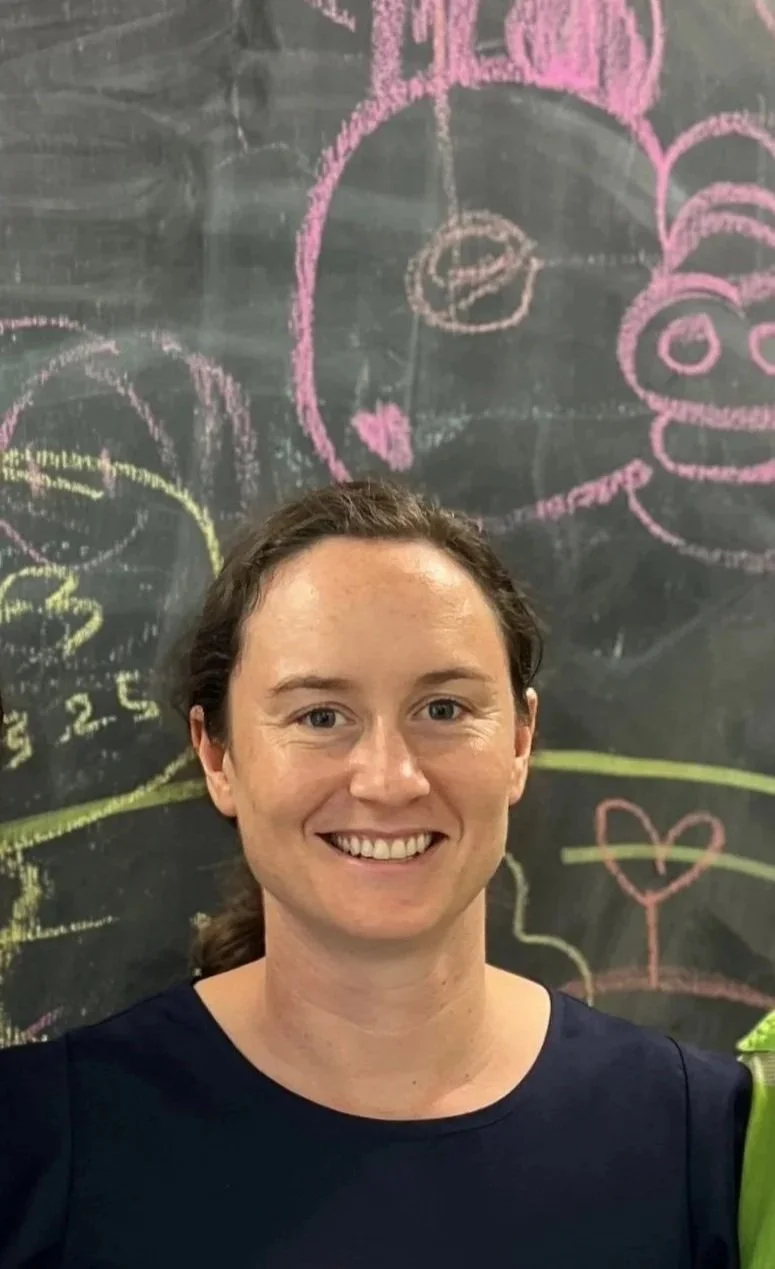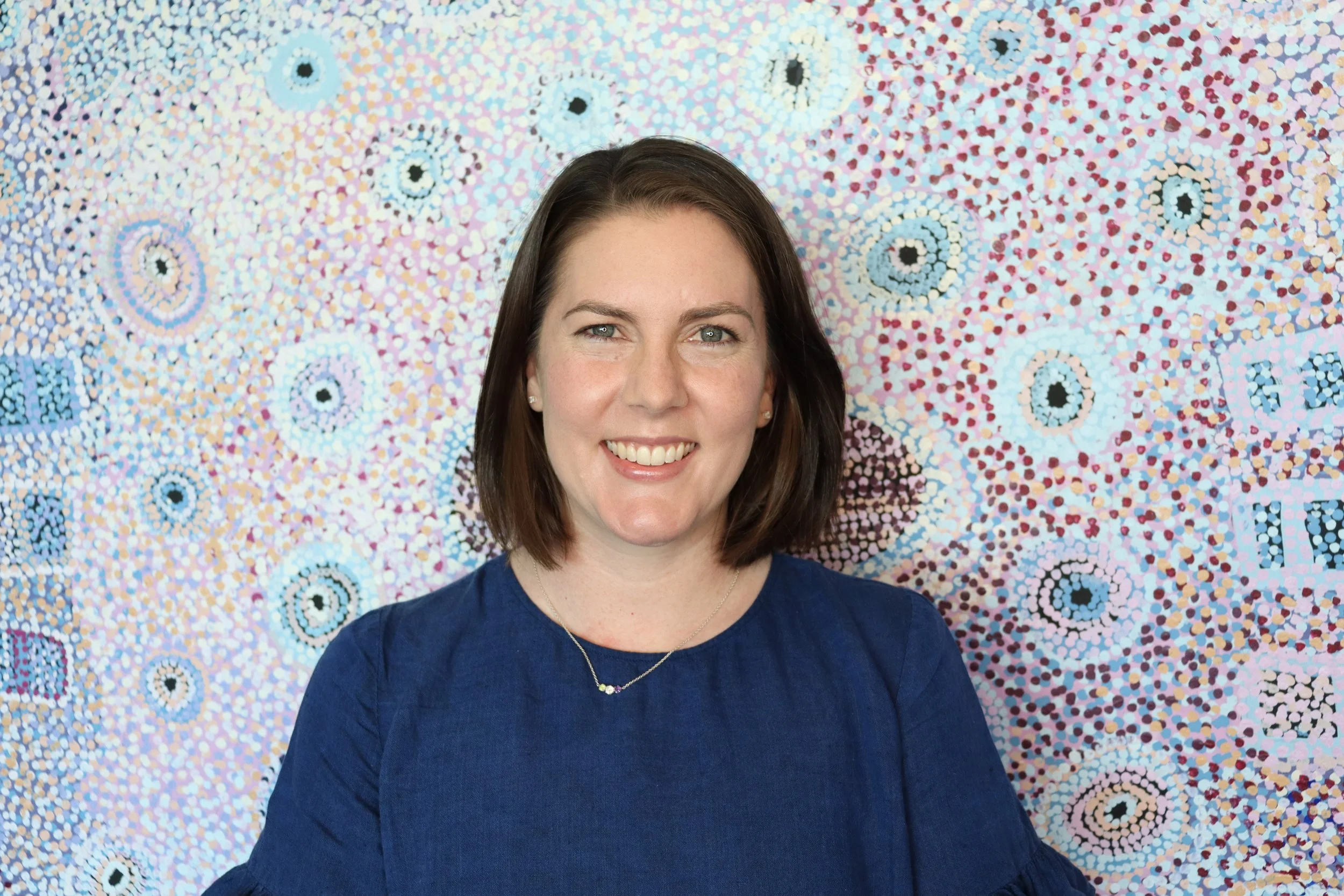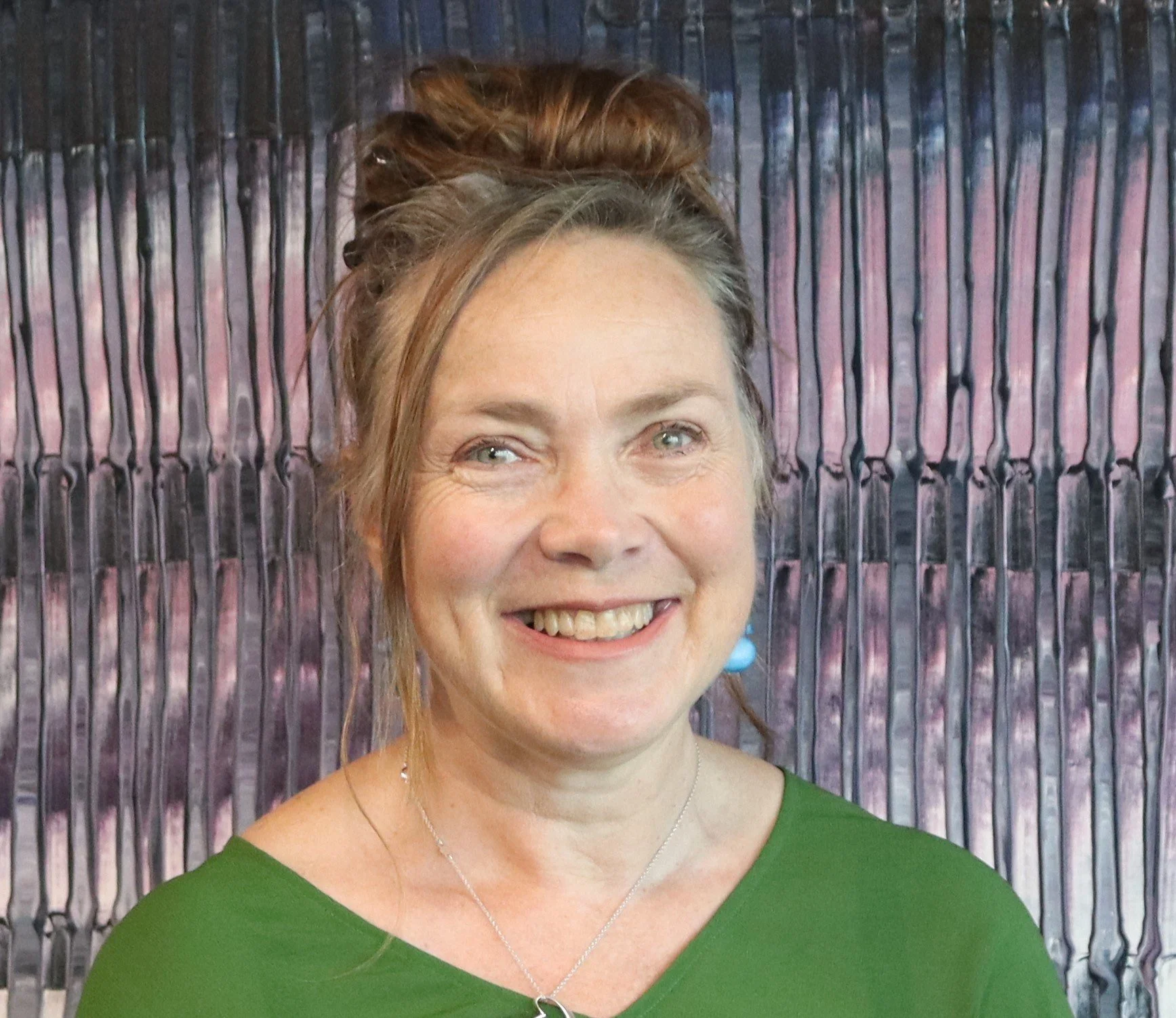
Research
Here you'll find research papers from our team. This collection of research helped to inform the development of the Fitness for Life Guide.
We've written the titles in plain language and provided links to the original research, along with plain language summaries, video abstracts, and podcast discussions to make the work more accessible.
This collection of research papers includes a mixture of topics related to being a young adult with cerebral palsy, including experiences of young adulthood, physical activity participation, health literacy and fatigue.
Research: Being a young adult with cerebral palsy
What helps and what gets in the way of exercise for young people with physical disabilities: A summary of what the research says.
What's it like to participate in daily life when you're a young person with cerebral palsy? What the research tells us.
How do young people with cerebral palsy build health literacy? A summary of the research.
How do we measure fatigue in people with cerebral palsy? A research guide to the options available.
Research: Being active with high support needs
This collection of research articles is focused on physical activity for adults with cerebral palsy and high support needs.
Is motorised cycling at home doable for adults with cerebral palsy who use wheelchairs?
Exercise programs in the community for teens and adults with cerebral palsy and high support needs: A summary of what the research says.
Does performance swimming training improve movement for teens with cerebral palsy and high support needs?
Research: Exercising in community gyms
There has been a lot of research on gyms as places for exercise for young adults with cerebral palsy.
The following papers include published work from members of our research team, and were used to inform the content developed on this site. It is not a complete list of all research in this area.
‘Finding what works for me’ - young adults with cerebral palsy share their experiences of community gyms.
What kinds of social supports helps people with disabilities exercise at community gyms? A research summary
Making FitSkills available to more young people with disabilities: Is it doable? What we found out.
What are the ways community gyms support young people with disabilities to participate? Views of the gym staff.
How can we make community gyms work better for young people with cerebral palsy? The top strategies.
Gym membership fees: A barrier for young adults with disabilities wanting to exercise in community gyms.









